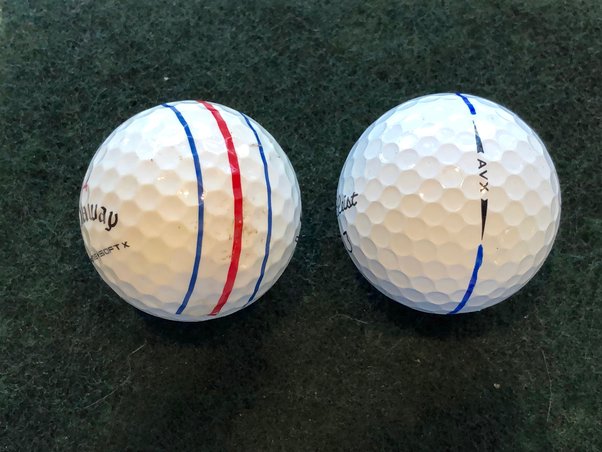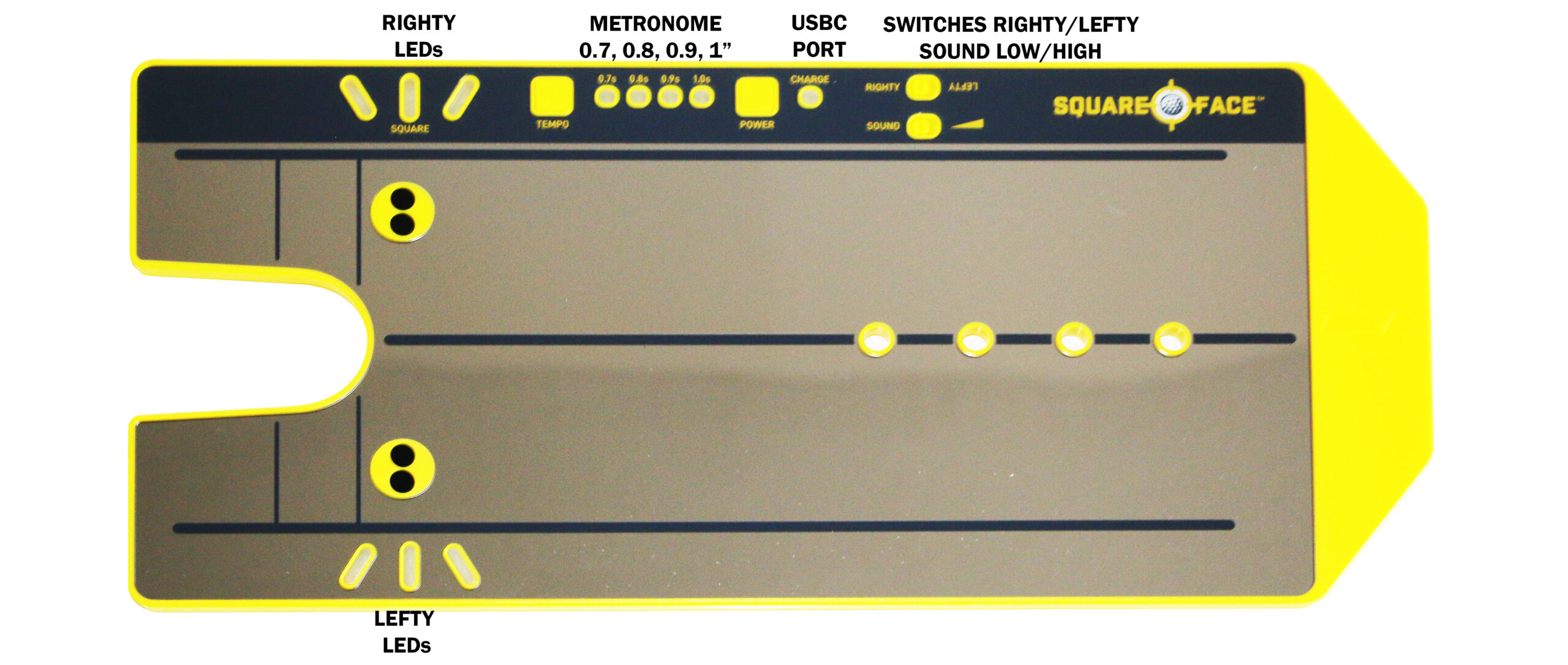Putting Line: 5 Pros and 5 Cons, Which is Best for Your Golf Game
For every golfer who swears by the putting line on their ball, there’s another who scoffs at the idea. This simple little marking on a sphere ignites fiery debates on the putting green. But is there a definitive answer? As with most things in golf, it depends. Let’s delve into the world of putting lines, exploring the advantages and disadvantages to help you decide if it’s a friend or foe in your quest for lower scores.
Lining Up Your Arsenal: Pros of the Putting Line
- Visual Cue: Ah, the beauty of a clear visual reference. The line acts as an extension of your putter face, helping you align the ball with your intended starting line. This can be particularly beneficial for golfers who struggle with visualizing a straight line to the hole, especially on longer putts.
- Confidence Booster: For some golfers, having that visual confirmation of alignment breeds confidence. Stepping up to the putt with a clear line to follow can translate to a smoother, more decisive stroke. This can be a game-changer for those prone to pre-shot jitters.
- Consistency: The line offers a consistent reference point throughout your putting routine. Whether you’re using a putting gate or simply picking a spot on the green, the line helps ensure your setup (ball position and putter face angle) remains consistent from putt to putt.
- Focus on Speed: By taking the guesswork out of alignment, the line allows you to focus more on the crucial element of putting: speed control. This can lead to a more repeatable stroke and better distance control, especially on those lag putts.
- Partner in Crime: The line can work hand-in-hand with your putter’s alignment features. Lining up the ball’s line with the top line on your putter face creates a single, unified aiming system.
The Parallax Problem: Cons of the Putting Line
- Optical Illusion: Our eyes aren’t perfect, and the putting line can fall victim to parallax error. This occurs because we view the ball and the green from a slightly tilted angle, making the line appear misaligned with the actual target line. The shorter the putt, the more pronounced this effect becomes.
- Over-Reliance: Some golfers become overly reliant on the line, neglecting the crucial aspect of green reading. Understanding slope, grain, and other green characteristics is paramount for successful putting, and the line can’t account for those factors.
- Tunnel Vision: The line can become a focal point, narrowing your focus and hindering your ability to read the entire green. This can be detrimental when dealing with breaking putts, where a wider perspective is vital for accurate visualization.
- Alignment Obsession: Focusing too much on lining up the ball perfectly can lead to a jerky, hesitant putting stroke. The key to a smooth stroke is a relaxed, confident motion, and overthinking alignment can disrupt that rhythm.
- Not for Everyone: The line simply doesn’t work for all golfers. Some find it distracting, while others struggle to trust it due to the parallax issue. Ultimately, it boils down to personal preference and what works best for your putting style.
Finding Your Putting Line: Experimentation is Key
So, should you use a putting line? There’s no one-size-fits-all answer. The best way to decide is to experiment and see what works for you. Here are some tips:
- Try it Both Ways: Spend some time on the practice green putting with and without the line. See if it helps you visualize the line better and translate to more consistent rolls.
- Focus on Feel: Don’t let the line become your sole focus. Practice feeling the putting stroke and developing trust in your natural putting intuition.
- Green Reading is King: No matter if you use the line or not, prioritize green reading. Understanding the green’s character is essential for accurate speed and direction control.
- Develop a Putting Routine: Create a pre-shot routine that incorporates lining up the ball (if you choose to use it) and green reading. Consistency is key in building a reliable putting stroke.
- Listen to Your Putting Woes: Is your biggest putting struggle alignment or feel? If it’s alignment, the line might be helpful. If it’s feel, focus on developing a smooth, consistent stroke and trust your putting instincts.
Even the best in the world grapple with the putting line debate. Scottie Scheffler’s experience highlights a crucial point: sometimes, letting go of the need for absolute perfection can be liberating. By removing the line and focusing on his process – a smooth stroke, a positive attitude, and trusting his feel – Scheffler found a way to be “more free” and ultimately, putt better.
This philosophy resonates with golfers of all levels. While the putting line can be a valuable tool for some, it can also become a crutch, hindering feel and creating undue pressure. The takeaway? Experiment, find what works for you, and remember – putting is about more than just lining up the perfect putt. It’s about trusting your instincts, embracing the feeling of a good stroke, and letting go of the pursuit of putting perfection. After all, sometimes, the most effective line is the one you create with your own confidence and putting feel. So, grab your putter, head to the green, and discover your own putting path – with or without a line.


The Square Face And Putt Like A Pro Book
Click here for 10% off the Square Face (use coupon code SUPERIORGOLF) and my eBook free with the purchase of the Square Face
